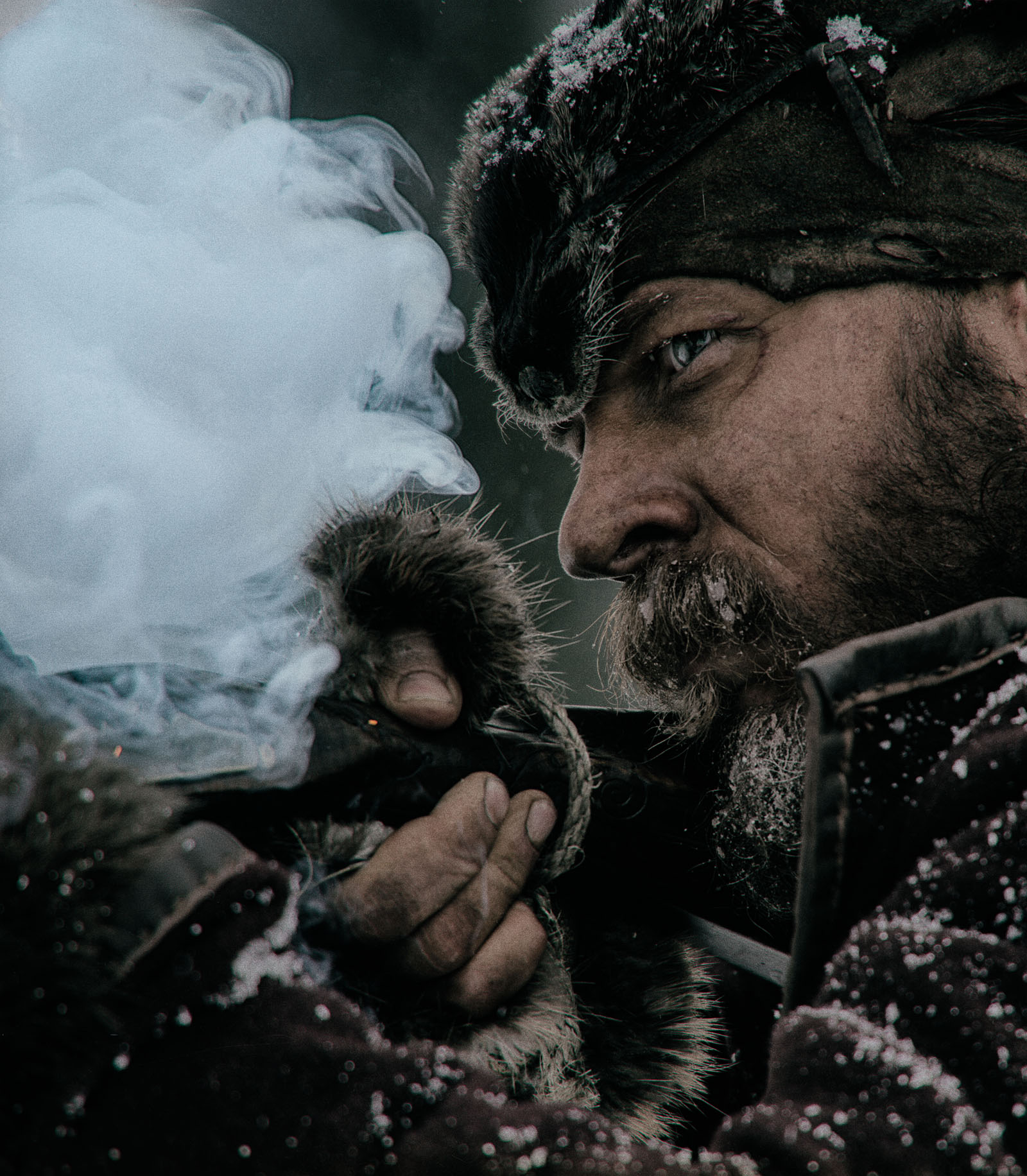Princess Mononoke Movie Review
Princess Mononoke Movie Review
Blog Article

Clapboard, the unavoidable aspect in the film production set has fantastic role throughout the making of a film. It can be thought about as the 'Sound' of a movie place. These boards are the necessary items that to be kept in the Director's bag. It is by means of this board; movie stars kick off their action and continue till director state 'Cut'. It is typically made from wood in which all the information of the movie would be composed such as motion picture name, director and manufacturer name, type of the camera, date, scene and number of 'takes' that had actually been considered the shot.
Manufacturers of The Blair Witch project prospered in producing big pre-hype for their low spending plan scary flick which focused on students being murdered in a forest. Blurring the limits between reality and fiction was key to the early buzz that surrounded the film. Supposedly the film makers had distributed tapes to colleges which existed as 'genuine video journal footage'. Clips that were presented as 'documentary' rather than fiction were revealed on the Independent Film Channel. This was one of very first feature films to utilize online and viral PR to build buzz. The buzz ensured that Blair Witch was a significant success which took over $150 million at package office.
The individual responsible for the modifying job in a movie is called a film Editor. He typically deals with other asst. editors and junior editors to finish the job. Although the entire editing team works for the film storytelling the movie editor or the chief editor is the one with substantial obligations. S/he is nearly the second director of the film since s/he is the one who ultimately decides which shots to keep and which to omit. The very first assembled film provided by the editors after modifying is called the Editor's cut. It's the very first cut before 2 more cuts(Director's cut and Last cut) producing the last variation. The editor works extremely closely with the movie directors to comprehend what the directors want and provide the same.
I can only speak from my own personal indie filmmaker and manufacturer point of view. There are skill supervisors, and representatives that do like a script enough to have an actor sign an actor letter of intent to bring in executive manufacturers. The star can call the shots when they check out a script that encourages them to do a movie. Indie projects are a tougher sell, but if the movie script and function are hot it makes marketing sense for an actor to star in a separately driven production. One crucial actor or star can get a motion picture moneyed by attaching their name.
After each session of shooting, check your "dailies", or shots of the day. Examine for any mistakes or issues in the shots. This will figure out if any reshoots are required. Strategy in your schedule accordingly.
Myth # 2: You need a movie school to teach you how to make films. This weekend I inspected out 2 film shoots. One was a trainee film being contended New york city Movie Academy. Here, each student is paying $30,000 a year in tuition to shoot on a $6,000 electronic camera. On the other hand, my pals Glynn and Frida shot their own 10 minute short by teaching themselves and hanging out on movie sets. They spent about $4,000 to get a quality HD video camera, hire a professional gaffer, grip, and area manager, and actors. They did not pay any tuition. And the dailies look extraordinary.
The whole process of producing a film is called Movie making or movie production. This process involves a lot of people to provide the film from the preliminary story or concept to a full length movie.
With the film you decrease 99% of drama movies ultra violet rays (UV). This safeguards your skin from solar associated diseases and decreases fading of your furniture. This offers it a longer life suggests it all last a lot longer.
Report this page